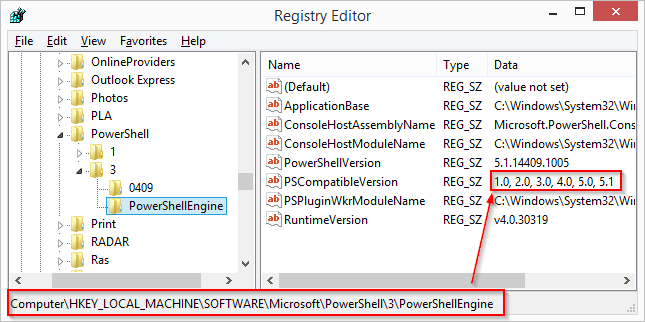
Next, it asks if you’d like to enable PowerShell Remoting from the get-go which can help with all remote tasks.įinally, you’ll be asked if you’d like to Add ‘Open Here’ context menus to Explorer. When enabled, this option takes advantage of the robust logging that ships with this version of PowerShell. Adding the PowerShell installation folder to the PATH environment variable allows you to call PowerShell from any other terminal such as a different version of PowerShell or even cmd.exe.Īnother option is Register PowerShell to the Windows Event Logging Manifest. The wizard will also ask if you want to register PowerShell to the PATH environment variable.

If you’d like to run multiple versions of PowerShell side by side, be sure to use separate installation folders. The wizard will ask you a few simple questions like where you want PowerShell to be installed. On Windows, scroll down a bit and download the PowerShell-7.0. MSI package and run it. For this article, we’re using the PowerShell 7.0.0 preview 3 release. To do that, go to the GitHub Releases page for PowerShell and find the version you want to install. To start PowerShell 7 upgrade, download PowerShell 7. Later version of Windows like Windows 8.1, Windows 10 and Windows Server 2016, WMF is not required.



In this article, you’ll learn how to perform a PowerShell 7 upgrade manually and how to automate the update process going forward with mass deployments via GPO and PowerShell Remoting.Īt the time of this writing, the current release of PowerShell 7 is Preview 3. With PowerShell 7 (which is the latest PowerShell version as of this writing), we’re now looking for all platforms to be equal in the PowerShell they can deliver (both Windows PowerShell and PowerShell Core). When PowerShell 6 was released, it was to bring a basic version of PowerShell to all platforms (PowerShell Core). Are you ready to perform your PowerShell 7 upgrade and get access to all of the new features? If so, this article is for you.


 0 kommentar(er)
0 kommentar(er)
